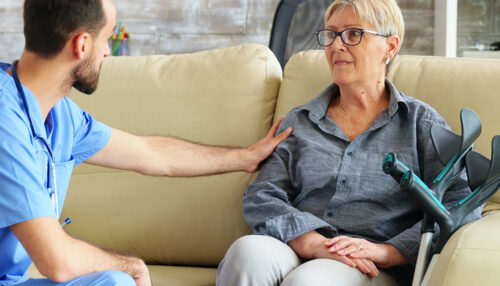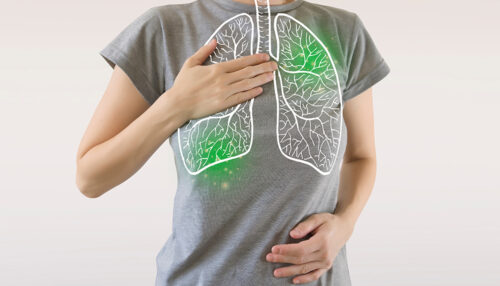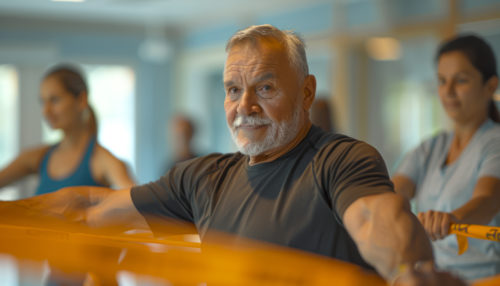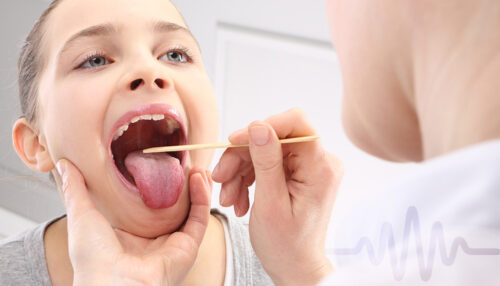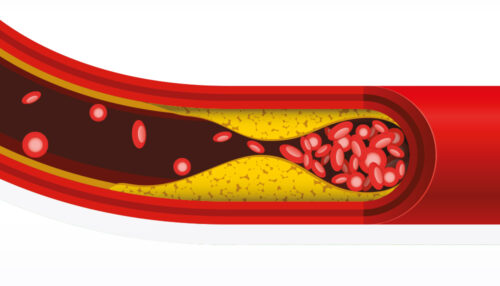
The aim of the presented research was to assess the impact of a 5-week whole body vibration (WBV) training with different vibration parameters on factors regulating blood coagulability. The level of plasma fibrinogen (responsible for the increase in coagulation) and plasminogen (favoring the dissolution of blood clots), as well as tissue plasminogen activator (tPA) and […]



